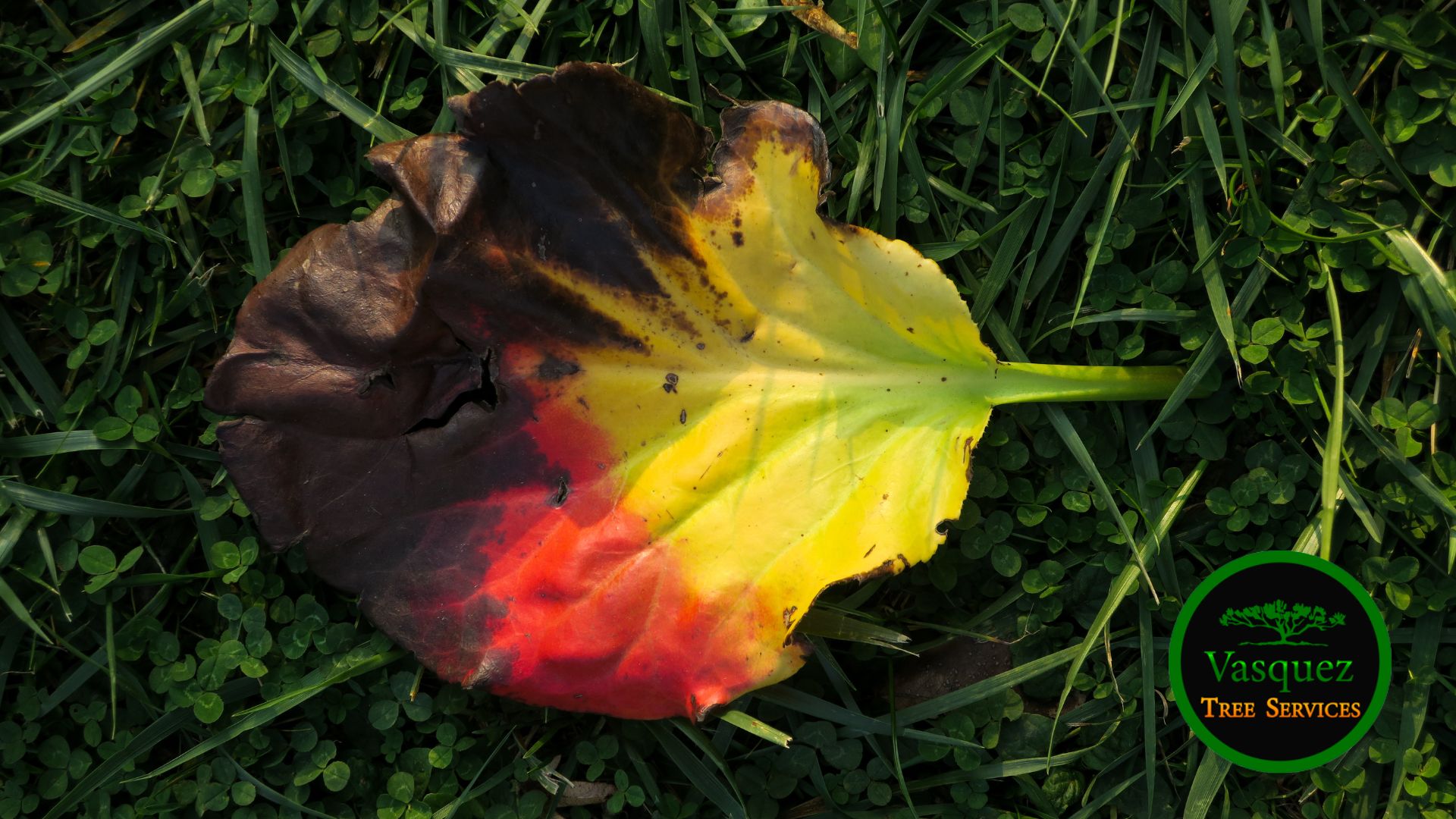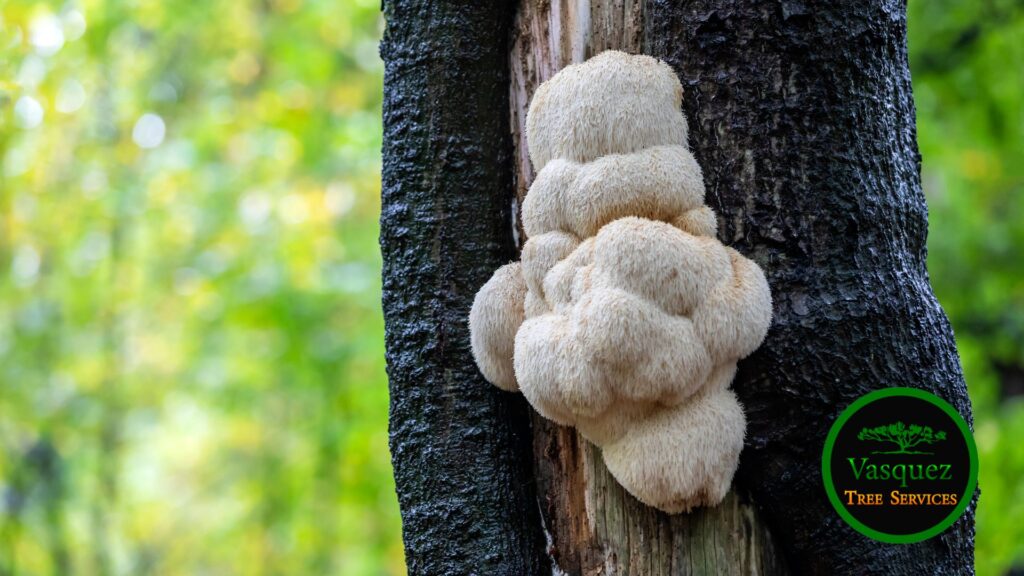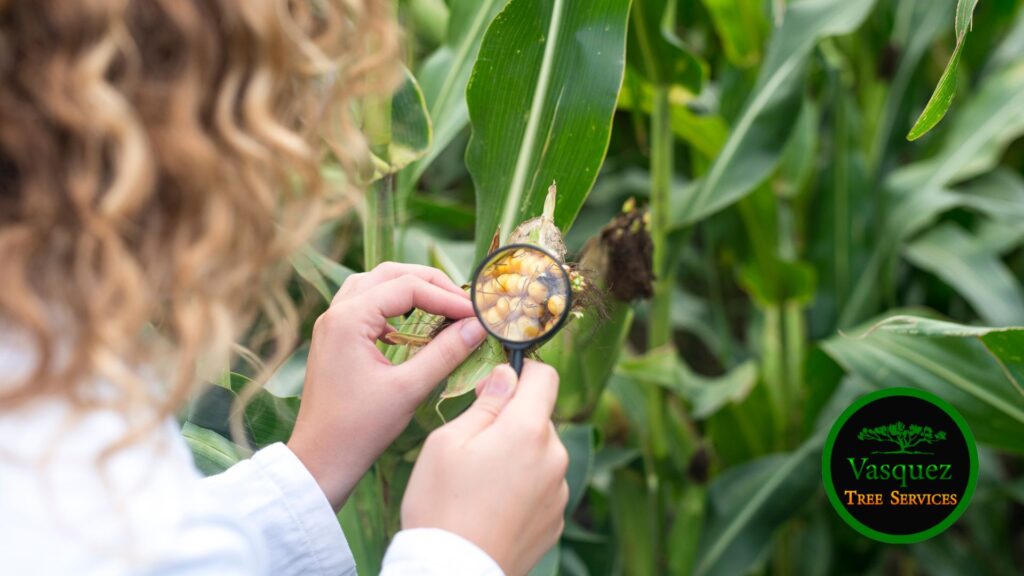
Sick Tree: Signs to Recognize an Unhealthy Tree
Do you have a sick tree in your yard? Sick trees can become dangerous for humans, animals, and surrounding property, so it’s essential to know the signs of an unhealthy tree. The good news is several telltale indicators may point to distress within one or more of your trees.
Read on to learn more about recognizing indications of a sick tree– from spotting noticeable physical changes, like discolored leaves and wilting branches, to assessing subtle warnings like yellowing foliage and less abundant fruits or nuts.
With this guide, you’ll be better prepared to take proactive steps toward treating potential problems before they worsen!
Unveiling the Secrets: How to Detect and Address Tree Illnesses
Trees are a beautiful addition to our landscapes and play a vital role in our environment. They provide shade and oxygen and contribute to the overall aesthetic appeal of our surroundings.
However, like any other living organism, trees can fall prey to diseases and become sick. Recognizing the signs of an unhealthy tree is crucial to take appropriate action and potentially save it from further decline.
Here are some key indicators that can help you identify an ill tree:
Leaf Discoloration
The color of a tree’s leaves is a crucial indicator of its overall health. For example, if you notice that the leaves have turned yellow, it may be due to a lack of iron or magnesium. Another possible cause of yellowing leaves is chlorosis, a condition where the leaves cannot produce enough chlorophyll due to a deficiency in one or more nutrients.
Similarly, brown leaves could result from a lack of water, disease, or insect infestation. Small spots on the leaves could be an early sign of fungal or bacterial infection, which can quickly spread and harm the entire tree.
If the tree’s foliage starts to thin or drops off prematurely, it could also indicate underlying issues such as root damage or environmental stress. In short, you should take any leaf color or texture changes seriously, as they may indicate a severe problem that requires immediate attention.
A timely diagnosis and treatment can save the tree from further damage and possible death.
Bark Abnormalities

Bark abnormalities in trees can signify a range of underlying issues and potential threats to the tree’s health and longevity. If the bark appears cracked, split, or peeling, it is essential to investigate the matter further.
Various factors, including pests, diseases, or environmental stressors, can cause these anomalies. For instance, bark splits usually result from excessive moisture, allowing fungi and insects to penetrate the tree, resulting in further damage.
Meanwhile, bark peeling is often a sign of significant damage to the tree, such as from frost or severe weather conditions. Pests like bark beetles can also cause severe damage to the bark, leading to the tree’s decline or even death.
Additionally, bark cankers can form when mechanical injury, fungi, or bacteria damage the tree’s bark. It is also important to note that certain tree species are more susceptible to bark irregularities than others, making them more vulnerable to external threats.
Fungal Growth
Fungi on a tree’s trunk, branches, or roots signify trouble. Fungal growth often appears as mushrooms, conks, or brackets. These organisms can weaken the tree’s structure and indicate the presence of internal decay or rot.
Dead Branches
If you notice slow or decaying branches within the canopy of a tree, it may be a sign of poor health. Disease, insect infestation, or other issues can cause dead branches. These issues prevent the tree from transporting nutrients and water efficiently.
Abnormal Growth Patterns
Trees that exhibit unusual growth patterns, such as stunted or excessive growth, may be experiencing stress or disease. Twisted or gnarled branches, crown dieback, or a lack of new development can indicate an unhealthy tree.
How to Tell if a Tree Is Sick
We have discussed the signs of a sick tree. Now, let’s explore practical methods to determine if a tree is in poor health. It’s essential to inspect your trees and look for the following indicators regularly:
Visual Examination
Take a close look at the tree’s overall appearance. Look for signs of distress. These can include the color and texture of the leaves, examining the bark, and checking for any growth abnormalities.
Leaf and Twig Inspection
Carefully inspect the leaves and twigs of the tree. Are the leaves discolored, spotted, or wilting? Are there any signs of pest infestation, such as chewed leaves or webs? Damaged or unhealthy leaves can suggest underlying issues.
Trunk and Branch Assessment
Examine the trunk and branches for any signs of damage, cracks, or cavities. Pay attention to any areas with oozing sap or fungal growth. Dead branches or excessive deadwood within the canopy can also indicate a problem.
Soil and Root Evaluation
Assess the soil around the tree for signs of compaction, waterlogging, or excessive dryness. Look for root damage, such as girdling roots that encircle the trunk. Unhealthy sources can affect the tree’s ability to absorb nutrients and water.
Consulting an Arborist – Professional Tree Assistance

Did you know that healthy trees add to the aesthetic value of your landscape and provide an array of ecological benefits? Trees play a critical role in reducing carbon dioxide levels in the atmosphere and mitigating the effects of climate change.
They also act as natural air purifiers, filter pollutants, and reduce noise pollution. Moreover, trees provide shade and help conserve energy, reducing heating and cooling costs associated with buildings. Property value and potential buyer attraction can increase with well-maintained trees.
Early detection and prompt action are essential when dealing with sick trees. Regular tree care practices like proper watering, mulching, and pruning can help maintain your trees’ overall health and vigor.
Preventive measures can help preserve the beauty and longevity of your tree population. These measures include regular inspections and prompt treatment of diseases or pests. Taking these steps can go a long way in protecting your trees.
At Vasquez Tree Service, we understand the importance of healthy trees in maintaining a sustainable and vibrant environment. We offer professional tree care services to ensure your trees remain healthy, beautiful, and long-lasting.
Contact us today and experience the difference we can make for your tree care needs. Let us help you create a sustainable, healthy, visually appealing environment you can be proud of.



